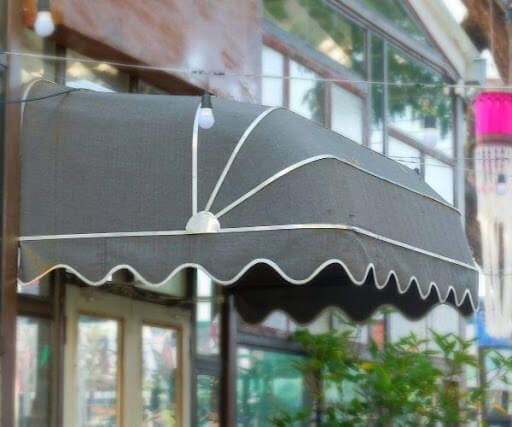Studies suggest that the kitchen, where we cook and often eat our meals, is usually the most unhygienic place in the home. There are many times more germs to be found in the average kitchen sink, for example, than in a toilet bowl. And these germs, such as salmonella and e-coli, can cause serious illnesses.
Shocked?Well you shouldn’t be, not when you consider that most people don’t really pay that much attention to kitchen hygiene unless they are professionally trained.
So how to reduce the amount of germs in our kitchens? Here are some basic hygiene pointers:
1.If you think using gloves in the kitchen is for professional caterers only, think again. They serve a variety of purposes, from protecting your skin from natural odours and toxins given off by some foods such as garlic and onion, and preventing body heat from damaging pastries,to dealing with slippery tasks such as tearing cooked chicken from the bone. I buy them in bulk from a website such as www.broschdirect.com so I can use a different pair for every meal.
2.Try and keep surfaces clear. Any pans or cooking equipment should really be stored in drawers or cupboards out of the way, so your food prep area can be cleaned easily. I always put antibacterial spray,and a separate sponge, in a pot somewhere to hand, so I can quickly give worktops a spritz before and after every cooking session.
3.Tea towels, sponges and cloths should be changed regularly, at least once a week, to prevent build-up of germs. Towels should go in the washing machine on a hot setting.
4.Hands should be washed regularly – before, during, and after cooking,in warm soapy water. This applies particularly after you’ve been handling raw meat. Before doing any cooking, remove any jewellery on your hands and wrists, as even if you’ve washed your hands, there can still be lots of unpleasant germs hiding under rings and bracelets.
5.When cleaning, only use products that have been specially formulated for the kitchen, as these are designed not to be harmful to food.
6.Try to keep pets out of the kitchen as much as possible, using a child safety gate if necessary. Cats especially are forever jumping onto surfaces, and their feet can carry worrying germs. I persuaded ours not to by giving her a quick squirt of cold water from a spray bottle every time she got up there.
7.Wash fruit and vegetables under cold water to remove any surface dirt, and peel where appropriate too.
8.Separate, colour-coded chopping boards are a good idea and regularly used in professional kitchens. Raw meat should never be prepared anywhere near ready-to-eat food.
9.Unless you’re cooking steak, really all meat needs to be thoroughly cooked. Before serving, stick it with a fork to check there’s no pink flesh left inside and that all juices run clear.
10.You also find many germs in fridges. Clean yours regularly, and wipe off any spills straightaway. Certain foods ought to be kept apart in the fridge to prevent cross-contamination of pathogens. Raw meat and poultry should always be put in sealed containers at the bottom. Leftovers should be eaten within a few days unless frozen. Keep an eye on your used-by dates, but in most cases there’s no need to stick to them religiously as its just the manufacturers being over-cautious.




 POSTED BY
POSTED BY 

